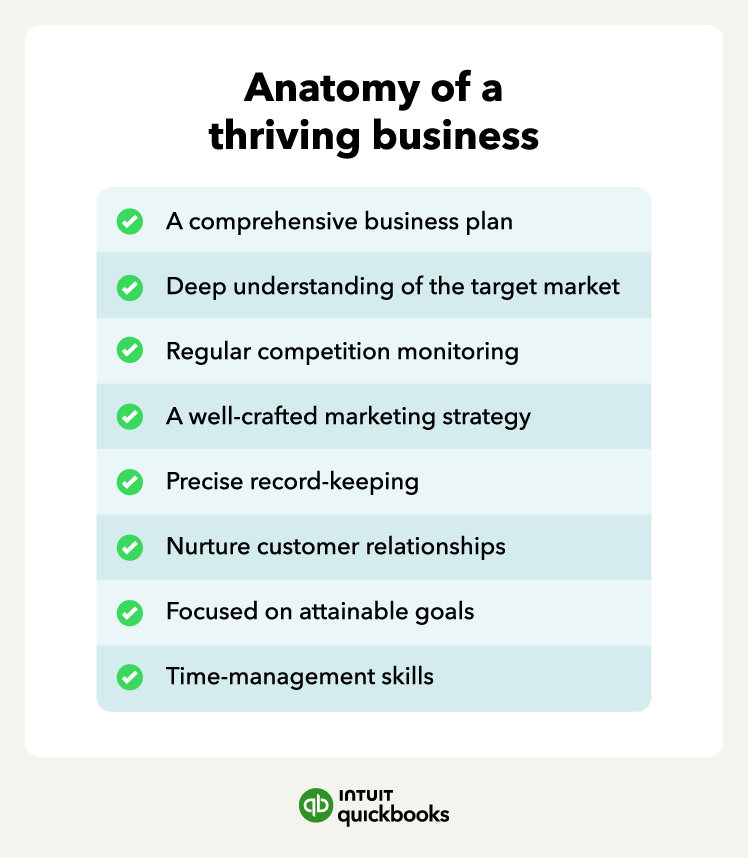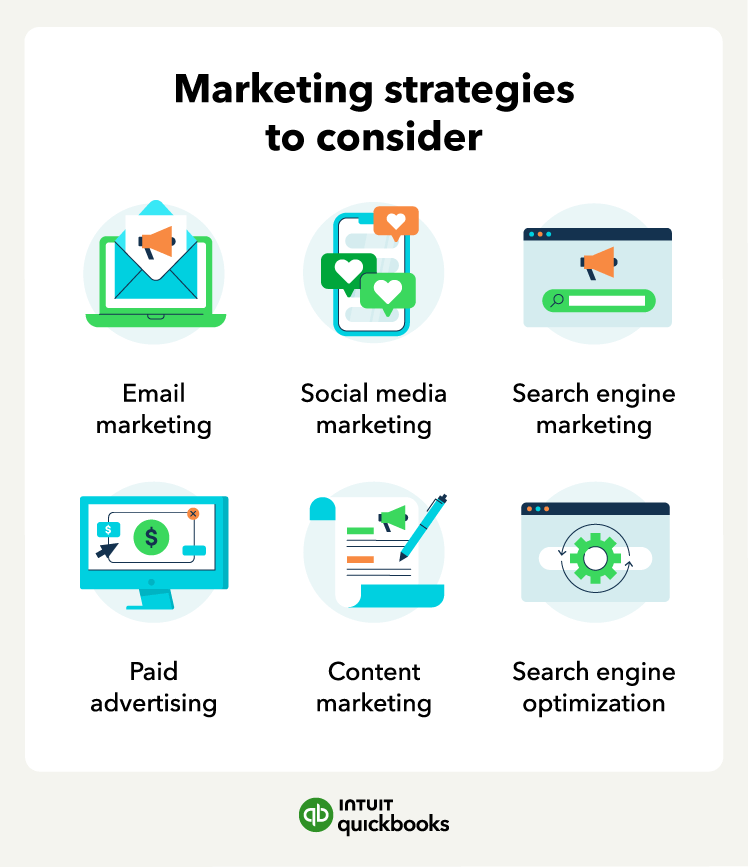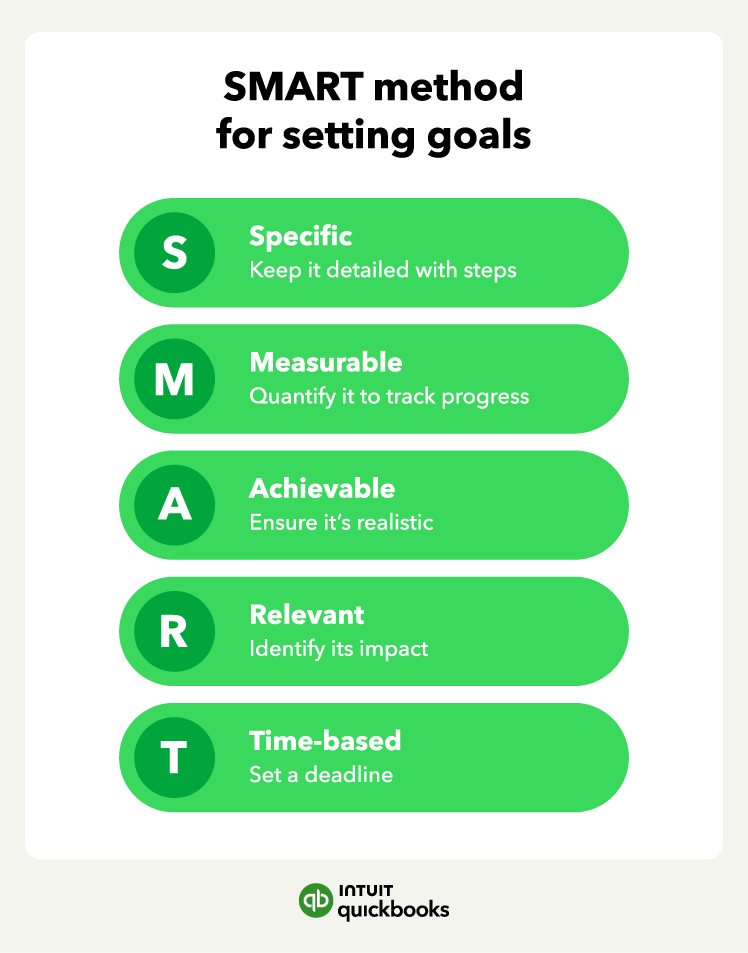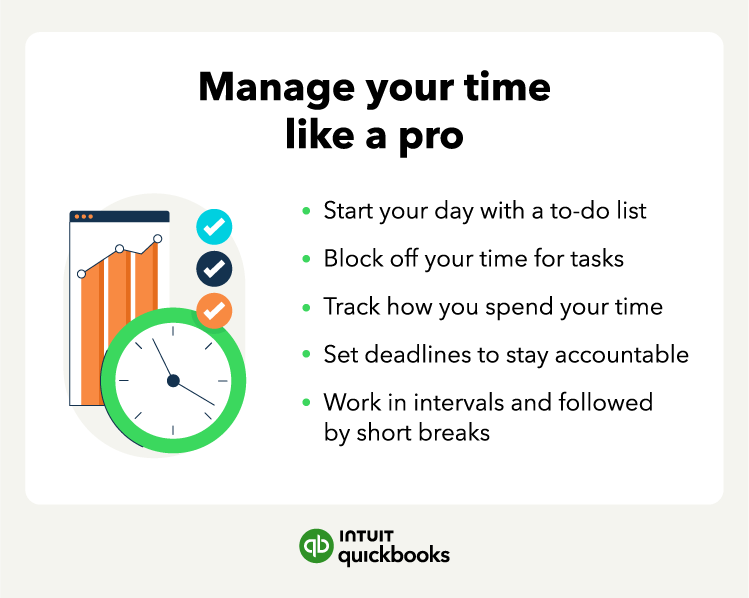Starting your entrepreneurship journey and learning how to run a business requires passion, strategy, and boldness. This is why becoming skilled in business management becomes essential for growing a successful business.
Whether you’re an experienced small business owner looking to refine your approach or a solopreneur or aspiring freelancer ready to dive in headfirst, understanding how to run a business successfully helps you navigate the challenges of the small business world.
From creating a business plan to tracking expenses, discover our top 16 tips for running a small business, enriched with insights from solopreneurs who have built their businesses from the ground up.
- Craft a business plan
- Understand your market
- Watch your competition
- Build a strong brand
- Develop a marketing strategy
- Adapt to change
- Keep accurate records
- Embrace technology
- Focus on your customers
- Outsource tasks
- Set attainable goals
- Cultivate leadership skills
- Choose the right pricing
- Manage your time effectively
- Keep learning
- Celebrate achievements


















